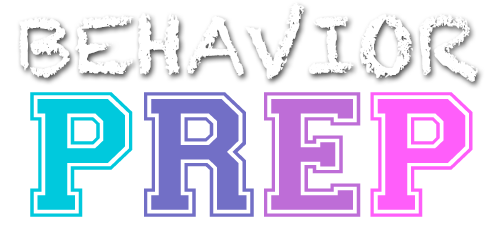E.11 Identify personal biases and how they might interfere with professional activity.
Identifying personal biases involves recognizing any preconceived ideas, beliefs, or attitudes that might influence a behavior analyst’s professional judgment or decision-making. Understanding how these biases could affect service delivery is essential for ensuring objective, ethical, and client-centered practices.
Example: A BCBA realizes they have a bias toward believing that children should receive frequent praise for good behavior, based on their own upbringing. However, when working with a family from a cultural background that values modesty and minimal verbal praise, the BCBA acknowledges this bias and adjusts the intervention plan. Instead of relying on verbal praise, they incorporate culturally appropriate forms of reinforcement, such as allowing the child to spend time with family members as a reward for positive behavior. This adjustment ensures the intervention is respectful and effective for the client.
